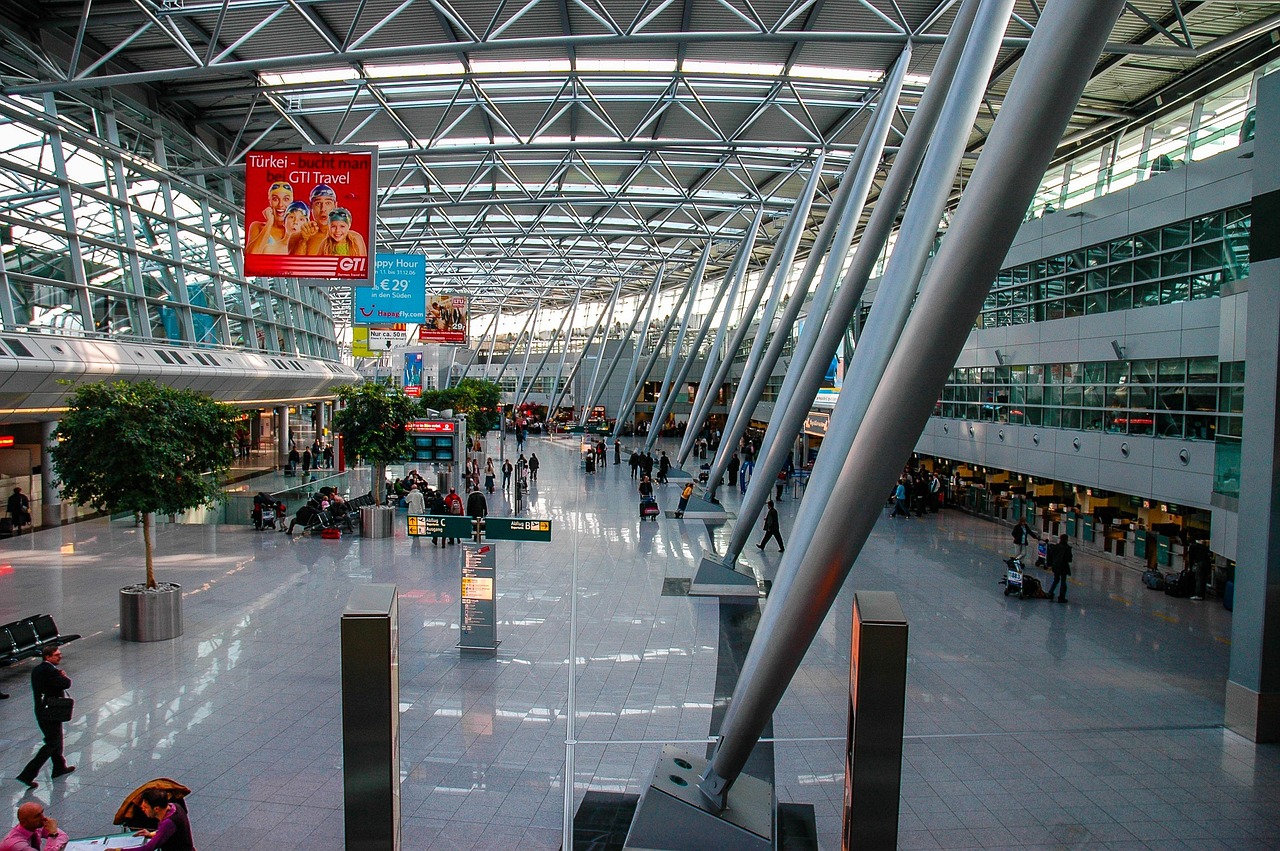
Your nation possesses untapped potential. The question is not whether opportunities exist. They do, across Africa, South America, China, and emerging Asian markets. The question is whether you have the strategic framework and operational expertise to convert those opportunities into tangible economic growth.
Small nations, particularly those in the Caribbean, face a predictable challenge: economic concentration. When tourism from North America and Europe accounts for seventy percent of GDP, a single pandemic, hurricane season, or shift in consumer preference can destabilize national finances and trigger widespread unemployment. When commodity exports depend on one or two trading partners, price fluctuations become existential threats rather than market adjustments. Similarly, dependence on a few country sources for imports, especially food and manufacturing inputs, can prove catastrophic for a small economy during a downturn.
The solution is not incremental reform. It requires fundamental reorientation toward diversified connectivity—and that begins with understanding how modern trade actually works, and acting before a changing world turns your work into a series of crises.
The Connectivity Advantage: Beyond Traditional Routes
Consider this scenario: A Caribbean nation currently receives 400,000 annual visitors, predominantly from the United States and Canada. In good times, tourism revenue tends to plateau. Hotel occupancy peaks during winter months but drops precipitously in summer. A global paradigm shift could make it worse, even when it should peak. The economic multiplier effect remains confined to coastal resort zones.
Now consider the alternative: Direct air service to Lagos, São Paulo, and Guangzhou. Suddenly, you access combined markets exceeding two billion consumers who have never considered your nation as a destination. Brazilian families seeking Caribbean experiences. Chinese business travelers exploring investment opportunities. Nigerian professionals attending regional conferences. Each new route represents not just passenger traffic, but cargo capacity, positive investment flows, and cross-cultural economic exchange.
This is not theoretical. We have implemented this model. Thera Solutions Group (TSG) has worked with governments, airports, airlines, tourism authorities, trade promotion institutions, and convention bureaus to establish new air connectivity that transformed their economic trajectories. Direct flights materialize when the strategic case is compelling and the operational infrastructure exists to support them. Our role is constructing that case, building that infrastructure, and marketing the real estate facilities.
Air Cargo: The Unsexy Engine of Economic Transformation
Passenger tourism receives policy attention due to its human element of hospitality. Air cargo receives far less attention since these complex systems operate in the background, out of public view. Yet it often delivers greater economic impact.
When a small nation establishes cargo connections to Shenzhen, Bogotá, or Addis Ababa, it gains access to global value chains previously unavailable. High-value, perishable agricultural exports—such as organic spices, specialty seafood, and pharmaceutical-grade botanicals—can reach premium markets within 48 hours. Time-sensitive manufacturing components for electronics or medical devices can integrate into supply chains demanding precision logistics.
Cargo connectivity enables diversification that passenger tourism cannot: export manufacturing, agro-processing for international markets, pharmaceutical production, and specialized logistics services. These sectors generate year-round employment, develop technical skills, and create economic activity beyond tourist corridors. They add investments that directly benefit the country’s skills and people.
The challenge is that airlines require volume commitments, infrastructure investments, and regulatory frameworks that reduce operational friction. Governments often lack the expertise to structure these arrangements. That expertise is where firms like TSG provide measurable value.
Building the Infrastructure That Makes It Possible
Connectivity without supporting infrastructure is aspiration without execution. It’s just talk at this point. New routes require:
Logistics facilities that meet international standards for cargo handling, cold chain management, and customs processing. We have designed and overseen the construction of facilities that transformed nations and cities from transit points into regional logistics hubs.
Regulatory frameworks that streamline customs procedures, reduce clearance times, and provide transparent, predictable operating environments for carriers, beneficial owners of cargo, and freight forwarders.
Investment attraction strategies that identify and engage airlines, logistics companies, and anchor cargo clients whose volume justifies new routes.
Tourism marketing repositioning that introduces your destination to entirely new demographic segments. Marketing strategies that are effective in North America often fail in China. Consumer preferences in Brazil differ from those in Nigeria. Effective repositioning requires cultural intelligence and market-specific strategies. Even the protocol for business meetings changes drastically depending on the country in which you are.
Our team has executed these projects across multiple jurisdictions. We understand what works because we have built it, not merely studied it. That’s why we assist our clients in writing RFPs that meet the customer interest and signal the investment and clients they need for the future.
The Multiplier Effect: How One Route Creates Five Opportunities
When South American carriers establish passenger service, they bring not just tourists but business delegations exploring investment opportunities. When African cargo routes open, they create demand for warehousing, distribution networks, and trade facilitation services. When Asian connectivity increases, it positions your nation as a bridge between continents rather than a peripheral destination.
Each connection generates secondary opportunities:
A new passenger route from China creates demand for Mandarin-speaking hospitality staff, culturally appropriate tourism products, and business services catering to Chinese investment interests.
A cargo route to Colombia opens export markets for processed foods, positions your nation within hemispheric supply chains, and attracts logistics companies seeking Caribbean distribution hubs.
These multiplier effects do not occur automatically. They require deliberate strategy, coordinated policy implementation, and private sector engagement. Governments excel at many things; integrated trade and tourism strategy development is rarely among them. That is why specialized advisory firms exist.
Beyond Aviation: Integrated Trade and Industry Development
Air connectivity represents one element of a comprehensive economic strategy. Thera Solutions Group provides expertise across the full spectrum of trade and industry development:
Export promotion strategies that identify high-potential sectors, develop market entry plans, and connect producers with international buyers.
Tourism development planning that moves beyond traditional resort models toward diversified, sustainable tourism that distributes economic benefits across regions and demographics.
Investment attraction and facilitation that positions your nation competitively for foreign direct investment while protecting domestic policy objectives.
Marketing and branding strategies that communicate your nation’s value proposition to investors, tourists, and trading partners across global markets.
We bring a global network cultivated through years of delivering results for major clients across continents. Our professionals have built relationships with airlines, logistics companies, tourism operators, exporters, and investment funds. When we represent your interests, we activate networks that take competitors years to develop independently.
Lessons from the Field: What Separates Success from Aspiration
After years of guiding nations through economic transformation, patterns emerge:
Successful diversification requires political commitment beyond election cycles. Projects delivering maximum impact often require three to five years of sustained effort. Leadership willing to maintain focus despite short-term political pressures achieves results that opportunistic pivoting never produces.
Integration across government agencies determines outcomes. Trade ministries, tourism boards, aviation authorities, and investment agencies must coordinate rather than compete. We facilitate that coordination by providing neutral expertise and integrated strategic frameworks.
Private sector engagement from project inception is non-negotiable. Government strategies that ignore market realities produce impressive reports and failed implementation. We embed private sector perspectives throughout strategy development to ensure commercial viability.
Infrastructure investments must precede, not follow, connectivity establishment. Airlines will not commit to routes serving inadequate airports. Exporters cannot utilize cargo capacity without proper handling facilities. Sequencing matters.
Your Next Step
Economic transformation does not result from hoping better opportunities emerge. It results from deliberate strategy, expert execution, and sustained commitment.
Thera Solutions Group has built this capability for governments and private sector clients worldwide. We have established trade relationships that have opened new markets. We have developed tourism strategies that diversify visitor profiles. We have structured air service agreements that connect continents. We have designed logistics infrastructure that positions nations and cities as regional hubs.
If your nation is ready to move beyond incremental adjustments toward fundamental economic reorientation, we should speak. Visit our contact page to send us an email or schedule a free consultation. Let us show you what strategic connectivity can accomplish when guided by professionals who have built it before.
Your nation’s potential is waiting. The question is whether you will activate it.





